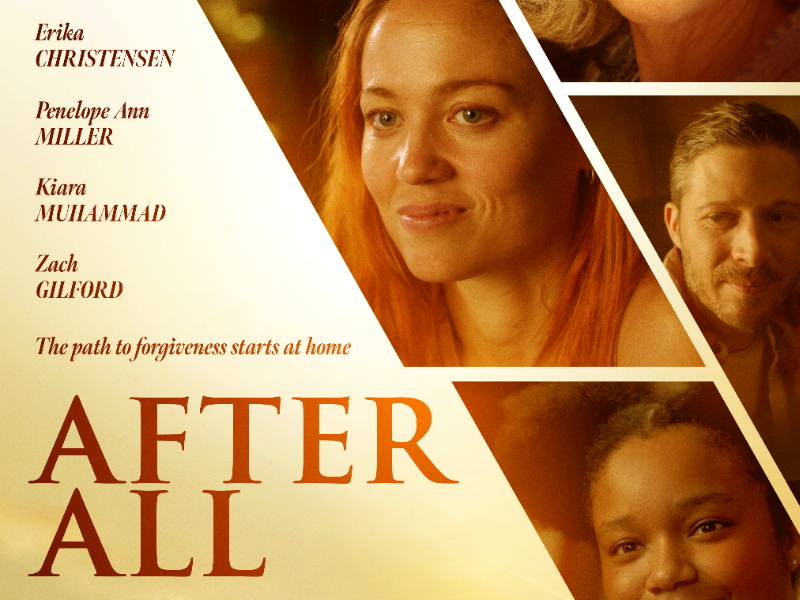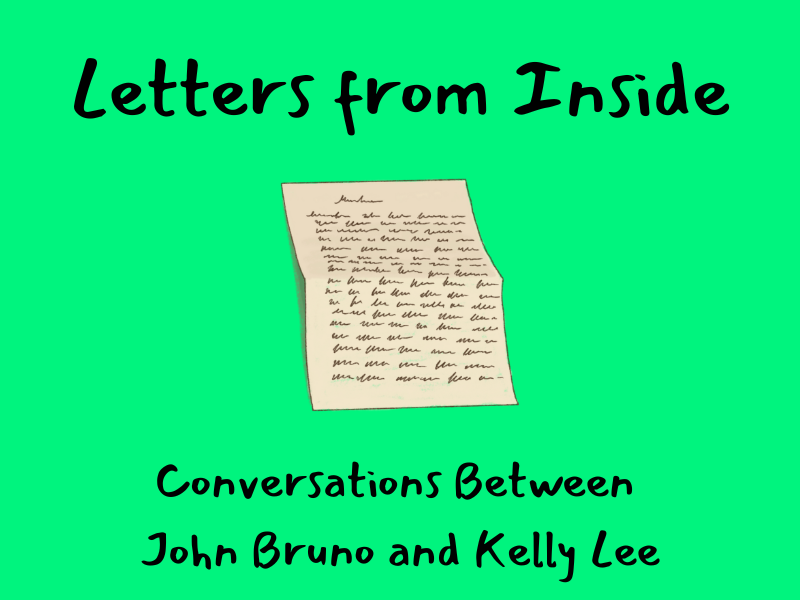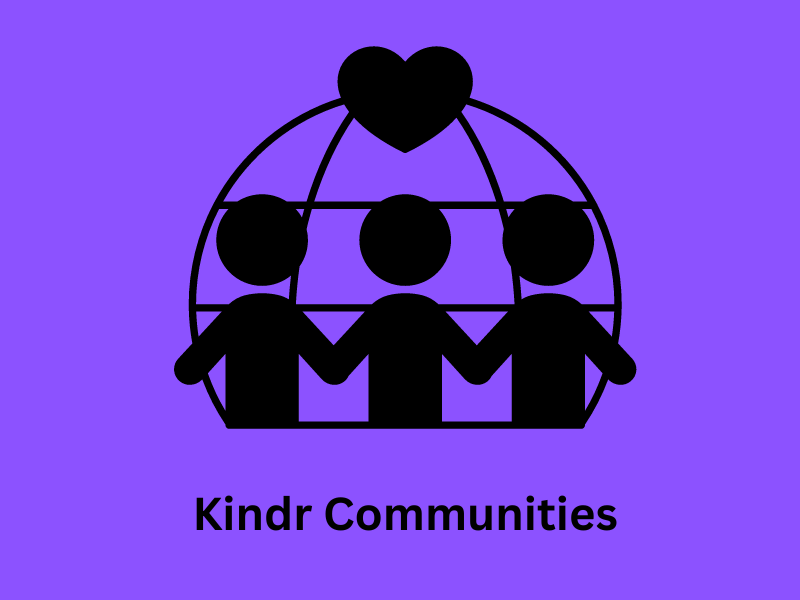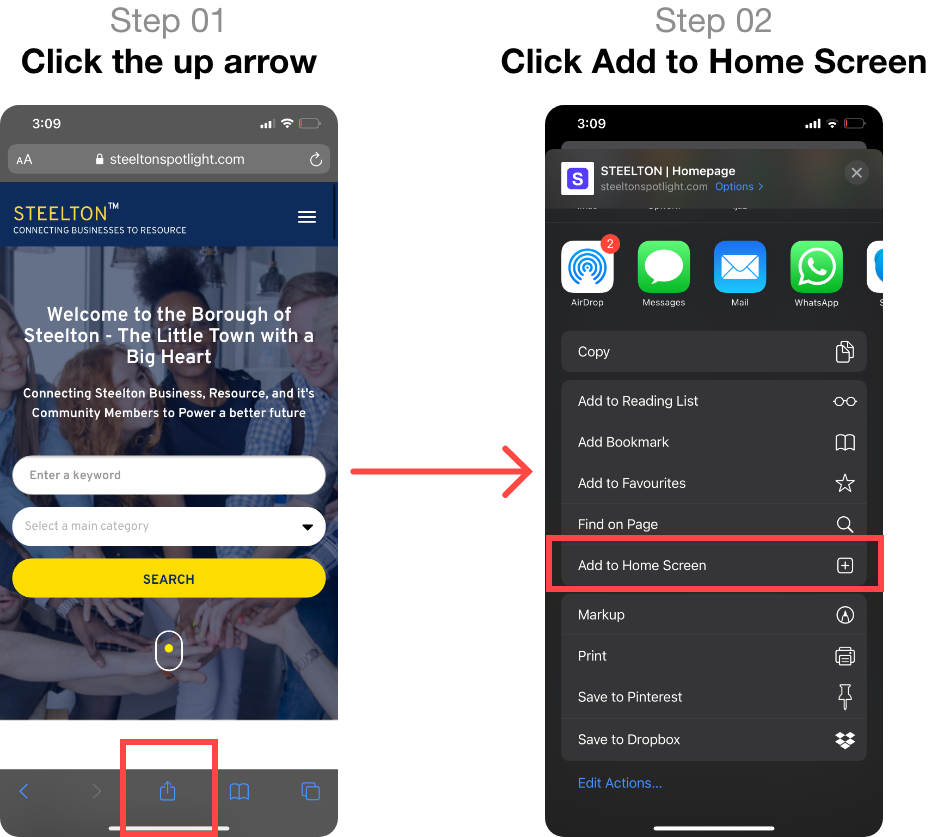
Raised in a Cage: Redemption Through Kindness
Raised in a Cage: Redemption Through Kindness
〰️The following blog is a true story submitted to us of how Lasting Happiness* helped transform a life.〰️
The Isolating Effect of Trauma
Thin, with a waist so small his belt buckle was beside the point. Hair long, tangled and streaked with fading red dye. Tall and soft-spoken. Courteous, but mechanical, his handshake and his words seemed a mimicry of being alive while his heart was someplace else.
R. was a 15-year-old teenage boy who had been released from a mental health residential treatment center into the care of his grandmother. The center was an alternative to his being incarcerated for drug use and gang activity. He had not been in any school setting for three years and had been diagnosed with mental health problems to the extent that he was unable and unwilling to be near other people.
His grandmother’s home was where I met with him daily for 4 months as his sole teacher hired by the Hillsboro School District to provide appropriate instruction in 10th grade subjects.
At our first meeting he took a self-assessment – “How I Want to Live My Life” – from the self-help book Lasting Happiness. Of note were his ratings of strong agreement with statements in areas dealing with mindfulness and self-control such as “I want to learn to use mindfulness techniques to calm my mind.” Under another category – “Reaching Out” – he universally rated strong disagreement with all statements, especially “I want to move out of my comfort zone more often so I can help others.” I wasn’t sure what his comfort zone was, but it was clear he didn’t want to grant access to anyone else.
My initial attempts to “teach” him school subject matter failed. School was something from his remote past, a place where he had felt isolated by his own admission. As he revealed bits and pieces of his childhood, I recognized that it would not be possible for him to concentrate on subjects that were highly irrelevant to him until he established some level of trust in what I was offering in the lessons. Without trust, there could be no connection. As it was, he had been compelled by the court’s probation ruling to begin some sort of schooling as an alternative to being jailed for drug dealing. I was the lesser of two uncomfortable choices, neither of which he wanted. Other than his grandmother, who had only recently come back into his life, he had never had a trusting connection with others. It took nearly 30 sessions with him to put together the significance of his early years. I let him offer that information incidentally, quietly, and sometimes suddenly. I never directly asked him anything. Mostly, I reassured him that he was safe with me, that I would work with him no matter what, that I would be there every day even if he sat in silent refusal to read or write or even talk.
The first turning point toward a foundation for making connections came when I asked if he’d do a piece of writing for me. He chose to write about a childhood possession that mattered. In his case, it was his stuffed animal Bear. He wrote an entire page, then read his narrative out loud, read it quietly and awkwardly, but read it with care. When he finished, he looked at me and asked me if I wanted to meet Bear. He ran into his room (I had never seen any expressive energy until them) and brought out a stuffed bear that had been well loved –it had matted fur, tears along the seams and missing claws. But Bears’ eyes and nose were totally intact. R. put Bear between us and told me that I could touch Bear, explaining that the fur was old and as it aged had grown softer and softer. R. touched the fur. “So much softness” he said. Bear had been his companion, his only one, when he first was put into Foster Care.
His mother had been and was still an addict…drugs and alcohol. She had been an angry teenager who gave birth to a child she didn’t want and had no help in raising. So she locked R. in a dog kennel cage and gave him an ipad loaded with games and access to the internet. R. told me “She {my mother} said I was bad and put me into the cage because I was bad.” Bear was in the cage with him as his confidant, his friend. Like most children, he slept with his stuffed animal. Unlike most teens, he was in jail by the time he ran away at age 14, taking Bear with him. Bear was with him when he was homeless before joining a gang “for protection”. Bear was with him in drug rehab, and was still with him when he was finally released and placed in care with his grandmother on his father’s side. Stuffed animals are considered transitional objects by psychologists. They are a way to feel safe as one moves into pre-teenage years, those years of new places and experiences in a wider world than home. R. hadn’t made that transition from the safety of an animal friend, to the safety of a real-life friend. His long periods of silence, his listlessness, seemed to be a place of retreat, a faraway hiding psychic space that kept everything at a distance, expect for Bear. It was a perversion of the literal cage his mother had placed him in.
Breath in peace, breath out joy – Mindfulness Practices
R. had no hesitation when it came to doing something besides reading or writing. I showed him a simple breathing in and out exercise that calms the mind and body. He had been introduced to similar techniques by a counselor who had worked with him in rehab. We began with our eyes closed for two minutes while he breathed in peace and breathed out joy, saying the words out loud. I asked him how he felt after repeating the chant. He said “Better.”
Another time we added slow walking to the breathing practice to prepare for an exercise from Lasting Happiness about reflecting on a situation when someone you know is being harmful and unmindful. “I was harmed,” he said. “But she was only 15. I’ve forgiven her for trying to murder me, but she deserves to go to jail.” It was a shocking disclosure. His mother had tried to kill him and was soon to be put on trial. He was the age she had been when it happened and he was reflecting in a way that suggested a sense of grief for having lost a mother.
What are you grateful for?
On Fridays, I routinely asked him how his week had been overall and what had been positive in it, what he had been grateful for. “I saw an elephant yesterday,” he said. He had taken the Max light rail to Washington Park where he climbed a pine tree high enough to see most of the zoo. “It was a huge elephant.” Then he went to Washington Square to an art exhibit of Portland graffiti. He held out a photo to me. “Look, this is my heart. I spray hearts with curly tails on their pointed ends.” He had taken a photo of a page from the exhibit’s book of a wall in downtown that included his graffiti. The heart he had painted looked like a kite…what kind of flight was he suggesting? I thought back on a small heart tattoo he had shown me on his ankle. The smallness of it was somehow sad, as though his heart had been crushed and diminished. But it was a heart nonetheless. And it wasn’t a death skull.
Opening Up to Others: Offering Empathy
R. was understandably anxious about the upcoming trial which required him to testify against his mother. He seemed unable to concentrate for long and sometimes became infantile and childish during our tutoring. He says he has a mosquito bite that hurts. He says he can’t sleep well. He says he has to stop to change his t-shirt because the one he has on “is too small and doesn’t look right.” His phone was always on the table where we sat, but it had never rung or beeped with messages. On the day he was most infantile, a notification beep came from the phone and a text appeared. “Can I take this? I think it’s an emergency.” I told him of course and that he could leave the room for privacy. He left, but came back and put the phone between us with the sound on so I could hear the conversation while he talked. It was as though he wanted me to know what was being said. What was of note was his calm, strong, assuring tone of voice. “Everything is going to be fine. It’s not your fault that your little sister opened the back door. She was only in the backyard and she’s ok. You are being blamed but it’s not you. Get away from your father. Go into your room. I will see if I can come and see you. I’ll ask my grandmother or take the bus.” Although the voice on the other end was hysterical, R. maintained calm. Afterwards, R. said the person on the phone was beaten routinely by an abusive father and that he knew what it felt like to be scared. Then he asked me if I thought taking this person to a movie would make him feel better. I said yes, that’s a good idea. Then we returned to our study. I thought about how being needed to help someone else had triggered empathy in R.
A week later we repeated the self-assessment from Lasting Happiness which we had done on day 1. This time R. had check marked “strongly agree” beside a statement about wanting to help others, a statement that two months early he had dismissed as having no relevance to him. We were making some progress.
Setting a Goal, Moving toward Connection
As the months progressed, R. was open to a variety of mindfulness practices including some movements borrowed from Tai Chi. At the same time R. began to write honestly, authentically about a variety of topics. However, his writing was at about a third-grade level, as was his reading. No matter how often he claimed school was a waste of his time, as a teacher I was certain he would need sound reading and writing skills in his life. As personal friendliness developed between us, I risked asking him to set goals and to make a map or chart to move toward those goals or goal. It didn’t go well for several days. I told him I didn’t believe his goals’ map, that he was pretending to have goals that he didn’t actually believe in. What, I asked, do you really want to work on with me? He left the room. I started to put my things together to leave the session. My question had upset him. It was too much to handle. But I was wrong because he returned back with a huge book…it was a GED study book. “This is what I want to do. Drop out of regular school forever and take the GED test.” The book was actually well used. He had been trying it out. The GED turned out to be the goal that led him toward “getting out of his comfort zone.”
The first step on the map toward passing the GED was to take practice tests. This he could do, since it involved being alone with a book. Step two required a phone call to the GED program at Portland Community College to find out what the requirements were to attend that program. After we agreed that I would intervene if he got tongue-tied, he called to inquire. And he did fine, because he knew what he wanted and was willing to navigate the discomfort he felt when talking to a stranger. The stranger on the phone asked him to come in person to an appointment. It was the start of R’s path toward trusting others and moving into the world outside the sage. Today R. attends classes at PCC and has an additional goal – to be a tattoo artist. His mother pled guilty to attempted murder and was sentenced. The fact that his mother was brought to justice brought a sense of relief to R., who had tried unsuccessfully during his elementary school years in the cage to convince teachers and relatives he was being abused by his mother. No one believed him. It was only after he ended up in the hospital ICU with bruises and strangulation marks that the truth was revealed.
Sharing Happiness by Helping Others
R. not only began GED classes at community college, he started taking public transportation to apply for jobs. While awaiting a train into Portland, he happened upon a girl he recognized from his 6th grade class, the last class he had attended before the pandemic, the last time he had been in public school. J. was carrying a large plastic bag filled to bursting and a sleeping bag. It turned out J. was homeless and was sleeping under an overpass. R. brought J. to his grandmother’s house that night where she slept on the floor. Sad, afraid to go home to a mother who had thrown her out or to a father who wanted nothing to do with her, J. clung to R. R’s grandmother said she could never turn anyone so young and homeless out into the streets and allowed her to stay. J. ate the meals R. cooked for her, shared her feelings with him, and looked to him for advice. He told me how good he felt helping her. “It’s the first time I’ve had someone under my care.” R. was discovering he was needed, and began to experience the tenderness that comes from an exchange of authentic friendship. Putting his own troubles and fears aside, he was able to focus on relieving J’s suffering in ways that made her happy. The last time I saw R., he was smiling. The scars from R’s past trauma will not disappear, but he is learning to find a measure of happiness through connections with others and productive work at school that has brought him a sense of self-worth while moving him closer to his goal of passing the GED exam.
*Lasting Happiness: A Guide for Teens and Young Adults, Dr. Doug Carnine, with Mary Opalenik and Christina Cox, (Choose Kindness Foundation, 2022).









